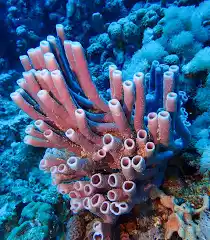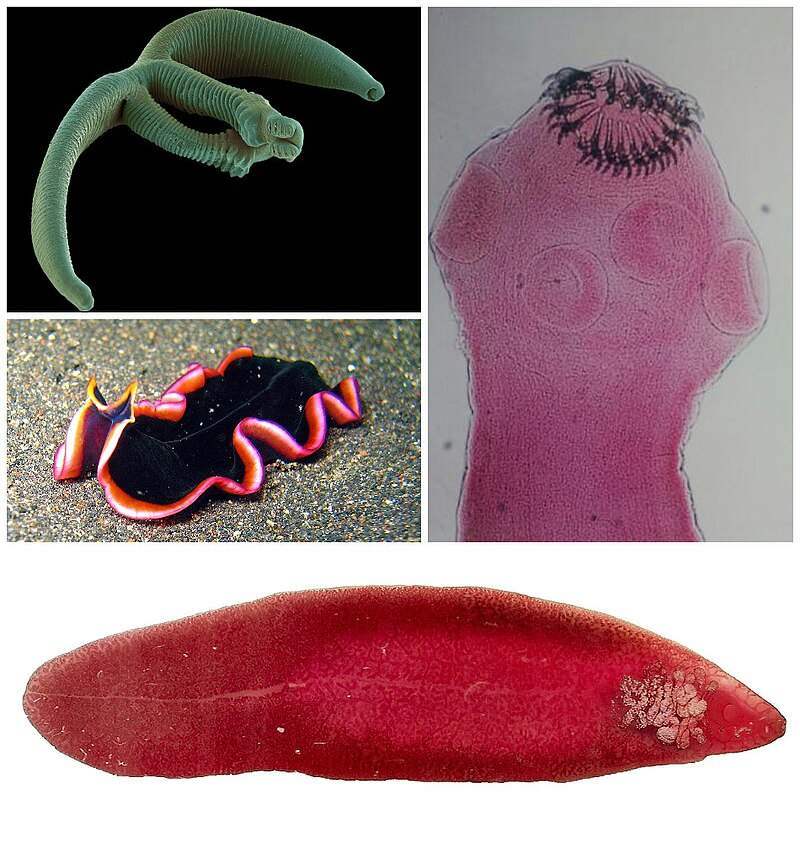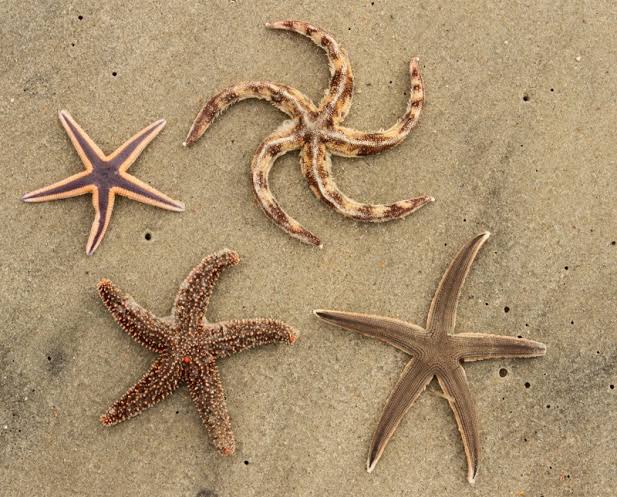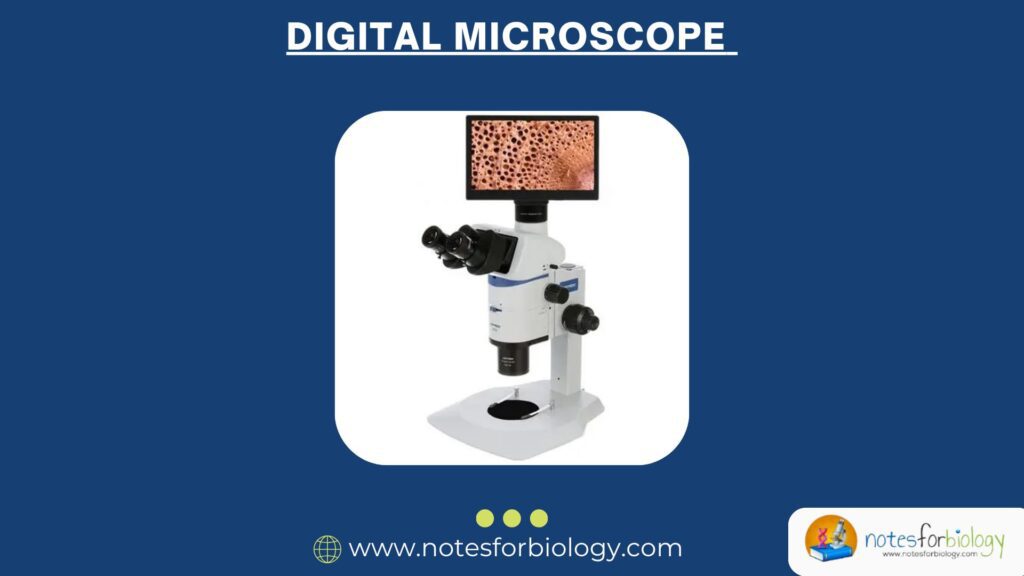1. Introduction to Classification of Animals
The classification of animals is essential to understand the vast diversity found in the animal kingdom. Animals are living organisms that move, respond to their environment, and consume organic matter. The classification of animals is based on features such as body symmetry, presence or absence of a backbone, embryonic development, and other biological characteristics. This system helps scientists study animal evolution, relationships, and adaptations more clearly.
Broadly, the classification of animals divides them into two major groups: Non-Chordates and Chordates. Non-Chordates include animals without a backbone, making up a large part of the animal kingdom. Chordates include animals with a backbone or notochord at some stage of their life cycle and cover all vertebrates.
Summary of Classification of Animals
- The classification of animals divides them into non-chordates and chordates based on structural and developmental features.
- Non-chordates include simpler animals without a backbone, while chordates have advanced traits like a notochord and vertebral column.
- This classification helps us understand animal evolution, biodiversity, and the relationships among various life forms.
Table of Contents
2. Salient Features and Classification of Non-Chordates
The classification of animals into non-chordates reveals a diverse group with a wide variety of body plans and lifestyles. These animals are grouped into several phyla based on key features such as symmetry, body cavity, segmentation, and organ systems.
2.1 Salient Features of Non-Chordates
- Non-Chordates are animals that lack a backbone.
- They exhibit different types of body symmetry, mainly radial or bilateral.
- Their body structures range from simple tissues to complex organs, with many having simple nervous systems.
- Non-Chordates can be aquatic or terrestrial and reproduce by various methods.
- Most have an open circulatory system, although some exceptions exist.
2.2 Classification of Non-Chordates up to Phyla Level
The classification of animals among non-chordates includes the following major phyla:
2.2.1 Phylum Porifera (Sponges)

- Porifera are simple aquatic animals with porous bodies that filter food from water.
- They lack true tissues and organs.
- Their skeleton is made of spicules.
- Examples include Spongilla and Euspongia.
2.2.2 Phylum Coelenterata (Cnidaria)
- Animals with radial symmetry and a two-layered body wall.
- They have stinging cells called cnidocytes for defense and prey capture.
- Body forms include polyp and medusa.
- Examples include Hydra and Obelia.
2.2.3 Phylum Platyhelminthes (Flatworms)

- Bilaterally symmetrical with a flattened body and three tissue layers.
- They lack a body cavity (acoelomate) and exhibit simple cephalization.
- Many are parasitic; some are free-living.
- Examples include Planaria and Taenia.
2.2.4 Phylum Nematoda (Roundworms)
- Round, unsegmented bodies with bilateral symmetry.
- Covered by a tough cuticle and possess a complete digestive system.
- Many are parasites.
- Examples include Ascaris and C. elegans.
2.2.5 Phylum Annelida (Segmented Worms)
- Segmented body with bilateral symmetry and true coelom.
- Closed circulatory system and setae for movement.
- Examples include Earthworm and Leech.
2.2.6 Phylum Arthropoda (Insects, Crustaceans, etc.)
- Jointed appendages and segmented body covered by a chitinous exoskeleton.
- Open circulatory system and diverse forms.
- Examples include Cockroach and Crab.
2.2.7 Phylum Mollusca (Snails, Octopus, etc.)
- Soft-bodied animals with muscular foot and mantle.
- Some have calcareous shells and radula for feeding.
- Examples include Pila and Octopus.
2.2.8 Phylum Echinodermata (Starfish, Sea Urchins)

- Radial symmetry in adults, bilateral in larvae.
- Water vascular system and calcareous endoskeleton.
- Examples include Starfish and Sea Urchin.
2.2.9 Phylum Hemichordata
- Marine animals with characteristics of both chordates and non-chordates.
- Possess a stomochord.
- Example: Balanoglossus.
3. Salient Features and Classification of Chordates
In the classification of animals, chordates are identified by the presence of a notochord, dorsal nerve cord, pharyngeal slits, and post-anal tail during development. Chordates include all vertebrates and some invertebrates.
3.1 Salient Features of Chordates
- A notochord present at some stage of development.
- Dorsal hollow nerve cord located above the notochord.
- Presence of pharyngeal gill slits or pouches.
- Post-anal tail extending beyond the anus.
- Closed circulatory system with a well-developed heart.
3.2 Classification of Chordates up to Classes Level
The classification of animals within chordates is further divided into classes based on characteristics like the presence of backbone, body covering, respiration, and reproduction.
3.2.1 Class Pisces (Fishes)
- Aquatic vertebrates with gills and fins.
- Body covered with scales; cold-blooded.
- Examples: Labeo and Catla.
3.2.2 Class Amphibia
- Live both in water and on land.
- Respire through skin and lungs; moist skin without scales.
- Examples: Frog and Toad.
3.2.3 Class Reptilia

- Cold-blooded with dry, scaly skin.
- Lay leathery-shelled eggs on land.
- Examples: Snake and Lizard.
3.2.4 Class Aves (Birds)
- Warm-blooded with feathers.
- Forelimbs modified as wings; lay hard-shelled eggs.
- Examples: Crow and Pigeon.
3.2.5 Class Mammalia
- Warm-blooded with hair or fur.
- Females have mammary glands; mostly give birth to live young.
- Examples: Human and Lion.
Conclusion
The classification of animals is fundamental to understanding the rich diversity and complexity of the animal kingdom. By organizing animals into two broad categories non-chordates and chordates we gain a clearer perspective on how various life forms have evolved, adapted, and thrived in different environments over millions of years. Non-chordates, which include simple organisms like sponges and complex ones like arthropods, showcase the incredible variety of body plans, modes of reproduction, and ecological roles. These animals demonstrate how life can flourish without a backbone, using a range of structures and survival strategies that suit aquatic, terrestrial, and parasitic lifestyles.
On the other hand, chordates represent a more advanced group distinguished by the presence of a notochord, dorsal nerve cord, pharyngeal slits, and post-anal tail during at least some stage of development. This group includes all vertebrates, which have evolved complex organ systems and higher levels of organization. The classification of animals within chordates highlights the progression from aquatic fishes to amphibians that bridge water and land habitats, reptiles adapted to dry environments, birds with specialized flight adaptations, and mammals with warm-blooded regulation and advanced nervous systems. This progression reveals the remarkable adaptability and evolutionary success of chordates.
Furthermore, the study of the classification of animals is not only important for academic purposes but also plays a vital role in ecological conservation, wildlife management, and medical sciences. Knowing how animals are related helps scientists understand ecosystem dynamics, the impact of human activities on biodiversity, and ways to protect endangered species. It also provides insights into human biology and the treatment of diseases by studying animal models.
In summary, the classification of animals offers an organized framework to appreciate the vast spectrum of animal life on Earth. It connects simple and complex life forms, shows evolutionary trends, and provides the foundation for further research and exploration. Understanding this classification enriches our knowledge of biology and fosters respect for the natural world and its incredible variety of inhabitants.
Frequently Asked Questions (FAQs)
What are the two main groups in the classification of animals?
The classification of animals separates them into non-chordates (animals without a backbone) and chordates (animals with a notochord or spine).
How are non-chordates different from chordates?
Non-chordates include simpler animals like sponges and worms that lack a backbone, while chordates have a backbone or notochord and more complex body systems.
Which animals are classified under chordates?
Chordates include five major classes: Pisces (fishes), Amphibia (frogs), Reptilia (snakes), Aves (birds), and Mammalia (humans, lions).
Related Articles




